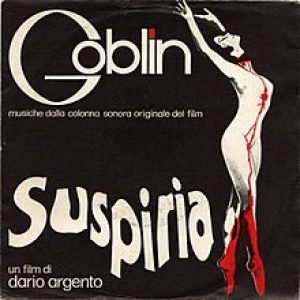Goblin’s Suspiria soundtrack, released in 1977, stands as a landmark not only in their discography but also in the history of horror film music. By the time Goblin collaborated with Italian director Dario Argento on Suspiria, they were already known for their intense, atmospheric compositions, having made a name for themselves with their score for Argento’s Profondo Rosso two years earlier. With Suspiria, however, Goblin took their signature sound to new extremes, pushing the boundaries of what a horror score could achieve.
Artistic Intentions
This album marked a critical juncture in the band’s career, as they delved deeper into experimental territory. While their previous work embraced elements of progressive rock, jazz, and classical music, Suspiria moved into more avant-garde realms. The fusion of chillingly sparse instrumentation, eerie synth lines, and traditional folk elements created an otherworldly soundscape perfectly tailored to the nightmarish visuals of Argento’s film. Unlike typical horror scores that rely heavily on orchestral suspense, Goblin crafted an album that felt like an extension of the film’s twisted reality, submerging the listener into a fever dream of dissonance and occult-like mystery.
Artistically, the band aimed to capture the supernatural horror of Suspiria by blending organic and synthetic textures. Their intent was to heighten the film’s dreamlike, almost surreal atmosphere through a complex sonic palette. Drawing inspiration from Italian folk music, progressive rock, and early electronic experimentation, Goblin sought to create a sound that was as hallucinatory as the film’s vivid colors and occult narrative. Through the use of unconventional percussion, whispered incantations, and the iconic celesta melody, they succeeded in transforming the score into a living entity, one that haunts the listener long after the music stops. This album wasn’t just meant to complement the film; it was designed to be a visceral experience in its own right.
Sonic Exploration
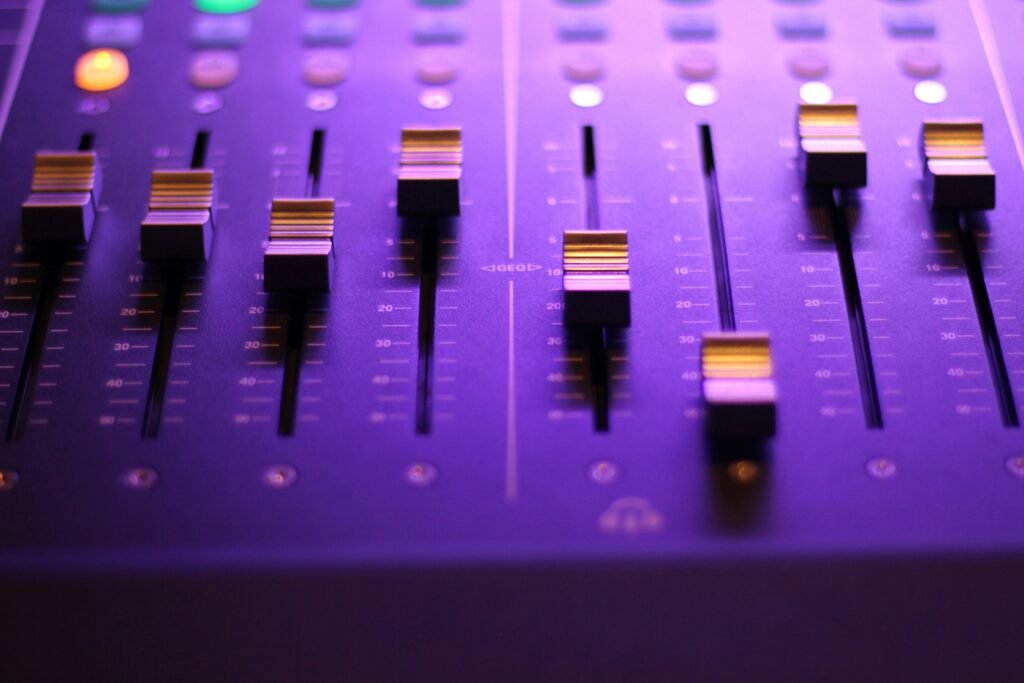
The production quality of Suspiria is a masterclass in creating tension through sound design. Goblin opted for a mix of sharp clarity and eerie distortion, enhancing the unsettling atmosphere of both the film and the album. The production isn’t polished in a traditional sense, but that’s precisely what gives it its raw power. The sometimes abrasive textures—grating synths, piercing celesta tones, and echoing percussion—are intentional, reflecting the madness and supernatural terror central to Suspiria‘s narrative.
There’s a sense of unpredictability to the sound, as if the music could veer off into chaos at any moment, mirroring the nightmarish instability of Argento’s film world. The production blurs the line between music and sound effects, resulting in a soundscape that feels alive, constantly shifting, and full of menace.
Musical Arrangements
In terms of musical arrangements, Goblin broke new ground. The instrumentation on Suspiria is unconventional and haunting, featuring a tapestry of mellotrons, moogs, electric pianos, and traditional percussion. One of the most innovative elements is the layering of sounds to create an oppressive sense of space and movement. For instance, the main theme’s eerie, childlike melody played on a celesta is offset by the deep, droning bass and jarring synthesized effects. This juxtaposition of soft, almost innocent tones with dark, foreboding rhythms is what gives the score its unnerving quality.
Vocally, the album incorporates whispered chants, otherworldly sighs, and ritualistic incantations rather than traditional lyrics. The vocals are often buried in the mix, more textural than lyrical, further enhancing the occult theme of the score. These disembodied voices feel like ghostly presences lingering in the background, heightening the supernatural elements of the music. This choice to avoid traditional vocals in favor of haunting vocalizations was a bold move that gave Suspiria its unique place in film scoring.
Genre Elements
Genre-wise, Suspiria is an eclectic fusion of styles. At its core, it remains rooted in progressive rock, a genre Goblin had already explored in previous works. However, the album also incorporates elements of Italian folk music, most notably in its use of irregular, tribal-like percussion rhythms, as well as the modal melodies that hint at ancient rituals. There’s also a heavy influence of early electronic music, with the use of synthesizers adding a futuristic, experimental edge. By blending progressive rock’s complexity with avant-garde electronic elements and ritualistic folk influences, Goblin crafted a score that feels timeless yet completely out of this world.
This genre-blending wasn’t just innovative—it was transformative. Rather than adhering to the conventions of any one style, Goblin created a sonic landscape that feels as fractured and unsettling as the film itself. The album’s hybridization of rock, electronic, and folk music pushed the boundaries of what a horror soundtrack could sound like, setting a precedent for future scores in the genre.
Lyrical Analysis

While Suspiria is largely an instrumental album, the sparse use of vocals plays a critical role in deepening its themes of supernatural horror and psychological unease. Unlike traditional albums where lyrics are central to conveying narrative or emotion, Suspiria uses disembodied voices, whispers, and chants to evoke fear, mystery, and ritualistic darkness. These vocal elements aren’t meant to tell a linear story but instead serve as another layer of sound, contributing to the album’s overall mood and atmosphere. As a result, the “lyrics” in Suspiria are less about specific words or phrases and more about the emotional and thematic textures they create.
Themes
The recurring motif of whispered incantations and chants, such as in the title track “Suspiria,” is particularly powerful. These hushed voices are reminiscent of spells or ancient rites, reinforcing the album’s occult and supernatural themes. They evoke an unsettling feeling, as if the listener is hearing something they shouldn’t—a secret ritual unfolding in the shadows. The lyrics, though minimal, tap into primal fears of the unknown, giving the music a haunted, otherworldly quality that aligns with the film’s narrative of witches and black magic. This is not an album meant to communicate through traditional language; it relies instead on the suggestive power of sound, where even a murmur or breath can conjure dread.
In terms of lyrical depth, Suspiria opts for abstraction over clarity. The whispered words are often indistinct, making it difficult to discern specific phrases or meanings. This intentional obscurity invites listeners to project their own fears and interpretations onto the music, enhancing the psychological impact. There is a sense of something ancient and malevolent lurking beneath the surface, hinted at through the ritualistic tone of the vocals. The ambiguity of the lyrics—combined with their sparse usage—creates a more open-ended experience, one that aligns with the dreamlike, surreal quality of both the album and the film.
Emotional Impact
Emotionally, the sparse, fragmented vocals in Suspiria heighten the album’s unsettling atmosphere. The absence of traditional lyrics forces the listener to engage with the music on a more visceral level, allowing the eerie sounds and haunting whispers to crawl under the skin. The lack of narrative structure gives the album a sense of endlessness, as though the listener is caught in a perpetual nightmare with no clear resolution. The incantations, rather than offering a story or clarity, evoke fear and curiosity—drawing us deeper into Goblin’s sonic abyss. This choice, to rely on mood rather than message, results in an emotionally gripping experience that leaves a lingering sense of unease long after the music fades.
Cohesion and Flow
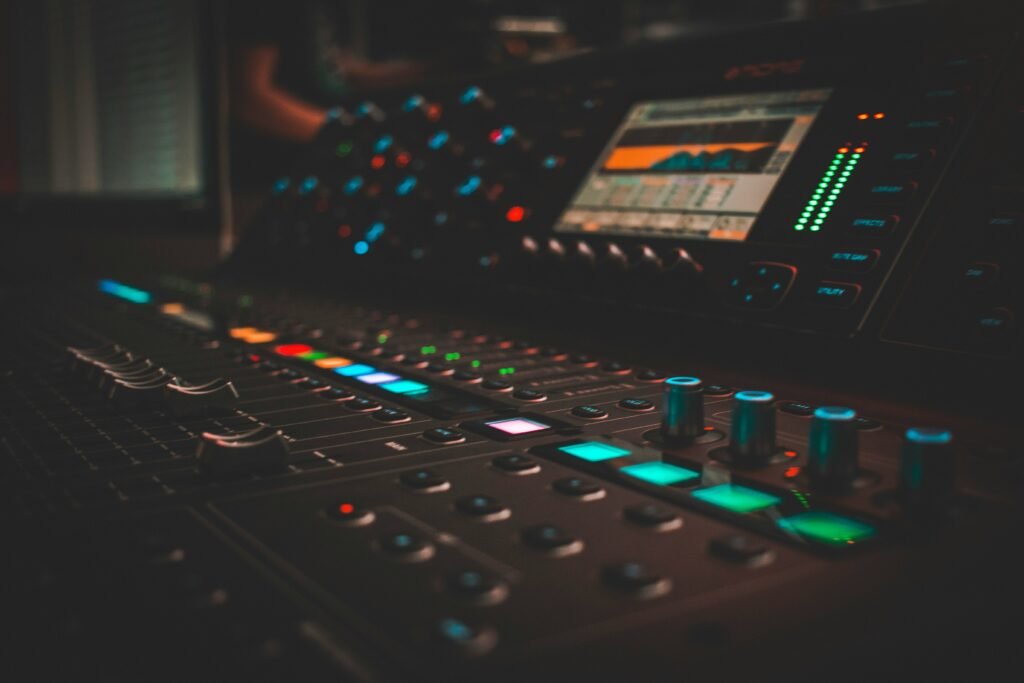
The cohesion of Goblin’s Suspiria soundtrack is one of its most remarkable qualities, especially considering the avant-garde nature of its compositions. The album maintains a sense of continuity and flow that mirrors the disorienting, surreal pacing of the film itself. Each track feels like a chapter in a larger narrative, guiding the listener through the haunted corridors of Argento’s cinematic vision. There’s a distinct emotional and sonic progression, but it’s not a linear journey—it’s more like being pulled deeper into a labyrinth, where each turn reveals new layers of fear and tension.
Track Progression
The album opens with the title track “Suspiria,” which immediately sets the tone with its iconic, haunting melody played on a celesta, accompanied by whispers and dissonant synths. This track lays the groundwork for the album’s core themes of supernatural horror and mystery. As the album progresses, tracks like “Witch” and “Sighs” intensify the atmosphere, incorporating heavier percussion and more aggressive instrumentation, increasing the sense of danger and panic. These tracks seamlessly flow into one another, creating an escalating tension that mimics the rising dread in the film.
The transitions between tracks are smooth, often with overlapping elements or recurring motifs that tie the pieces together. For example, the chilling celesta melody that appears in “Suspiria” returns in later tracks, recontextualized in different forms, which gives the album a cyclical feeling. This use of leitmotifs contributes to a sense of cohesion, as certain sonic signatures reappear like haunting reminders of the ever-present terror lurking within the score.
Thematic Consistency
Thematic consistency is another strength of the album. From start to finish, Suspiria remains unwavering in its dedication to evoking an atmosphere of dread and the occult. Even as Goblin explores different textures and sounds, the album never strays too far from its central mood. Whether through the dark, ritualistic chanting in “Sighs” or the unsettling, mechanical pulses in “Black Forest,” each track reinforces the supernatural and unnerving world the album is trying to build. There are no jarring shifts in tone or style; instead, there’s a constant undercurrent of menace that ties everything together.
Despite the experimental nature of the album, Suspiria never feels disjointed. The album’s pacing allows for moments of relative calm, like the more subdued, eerie sections of “Markos,” which provide a contrast to the more chaotic, percussive tracks like “Witch.” These variations in intensity give the album a dynamic flow while ensuring that the emotional tension is sustained throughout. It’s as if Goblin is guiding the listener through a series of peaks and valleys, but never letting them fully escape the oppressive mood.
Standout Tracks and Moments
Several tracks on Suspiria stand out not only for their artistic innovation but also for the way they perfectly encapsulate the album’s eerie, supernatural vibe. Each track is carefully crafted to contribute to the album’s overarching narrative of dread, but a few pieces rise to the surface as truly unforgettable moments in Goblin’s work.
“Suspiria” (Main Theme)
The title track, Suspiria, is undeniably the album’s crown jewel and one of the most iconic horror themes ever composed. The celesta melody that opens the piece is instantly recognizable and chilling, evoking a childlike innocence twisted into something menacing. This melody, coupled with distorted synths, otherworldly whispers, and ritualistic percussion, creates a feeling of being trapped in a nightmare. What sets this track apart is its balance between simplicity and complexity—while the core melody is relatively straightforward, the layers of sound built around it are intricate and haunting. This theme becomes the album’s sonic anchor, recurring in various forms throughout the score and acting as a sonic representation of the film’s central mysteries.
“Witch”
One of the more aggressive tracks, Witch showcases Goblin’s ability to evoke terror through relentless percussion and dissonant, grinding synths. The track feels like a ritual in progress, with its hypnotic drum patterns and unsettling electronic pulses driving forward with a sense of dark purpose. The whispers and chants that emerge throughout only add to the unnerving atmosphere, as if ancient spells are being cast in the background. The energy in this track is palpable, building to a frantic intensity that perfectly captures the menace of the witches in Suspiria. Its sonic aggression sets it apart from the more subdued tracks on the album, offering a visceral experience of mounting fear.
“Sighs”
“Sighs” is another standout track, primarily for its use of vocalization. The track begins with what sounds like disembodied sighs and gasps, creating an atmosphere of ghostly presence. The percussion in this piece is sparse but incredibly effective, with each hit feeling deliberate and ominous. The eerie, whispered vocals add a layer of psychological tension, suggesting something unseen but deeply threatening. What makes this track memorable is how it uses silence and space as much as sound—there are moments of quiet where the tension lingers, making the sparse instrumentation even more potent. It’s an excellent example of Goblin’s ability to create horror through restraint as much as through sonic chaos.
“Markos”
The closing track Markos is a fitting finale, bringing the listener to the culmination of the album’s terror. The track begins more subdued than earlier pieces, but gradually builds in intensity, layering dark, droning synths with eerie chimes. The inclusion of unsettling vocalizations and harsh, mechanical sounds gives the track an industrial edge, as if the supernatural forces hinted at throughout the album are finally revealing their full power. There’s a palpable sense of confrontation and climax in Markos, making it a powerful end to the score. The use of shifting dynamics and the return of certain motifs from earlier tracks ties the album together, leaving the listener with a lasting sense of unresolved dread.
Memorable Moments
Celesta Opening in “Suspiria”: The first few notes of the celesta in Suspiria’s title track are some of the most recognizable in horror cinema. This simple, almost music-box-like melody is immediately unsettling, setting the tone for the rest of the album. It’s a perfect example of how minimalism, when done effectively, can have a massive emotional impact.
Whispers in “Sighs”: The breathy, whispered vocalizations in Sighs are an auditory representation of the album’s supernatural themes. These voices feel intimate and threatening, as if someone is breathing down your neck but just out of sight. It’s an innovative use of voice as texture rather than traditional lyrics, adding an element of psychological horror to the track.
Percussion in “Witch”: The relentless, primal drumming in Witch stands out as one of the album’s most visceral moments. The drums create a sense of ritual and impending doom, and the rhythm feels like a heartbeat growing more erratic as the track progresses, mirroring the rising panic in both the music and the film’s narrative.
The Climactic Build in “Markos”: The slow build in Markos toward its chilling climax is a standout moment in the album’s structure. As the track swells in volume and intensity, the listener is dragged deeper into the unsettling soundscape Goblin has crafted. The final moments of the track feel like a release of all the tension that’s been building throughout the album, yet it’s a release that doesn’t bring comfort—only deeper fear.
Artistic Contribution and Innovation
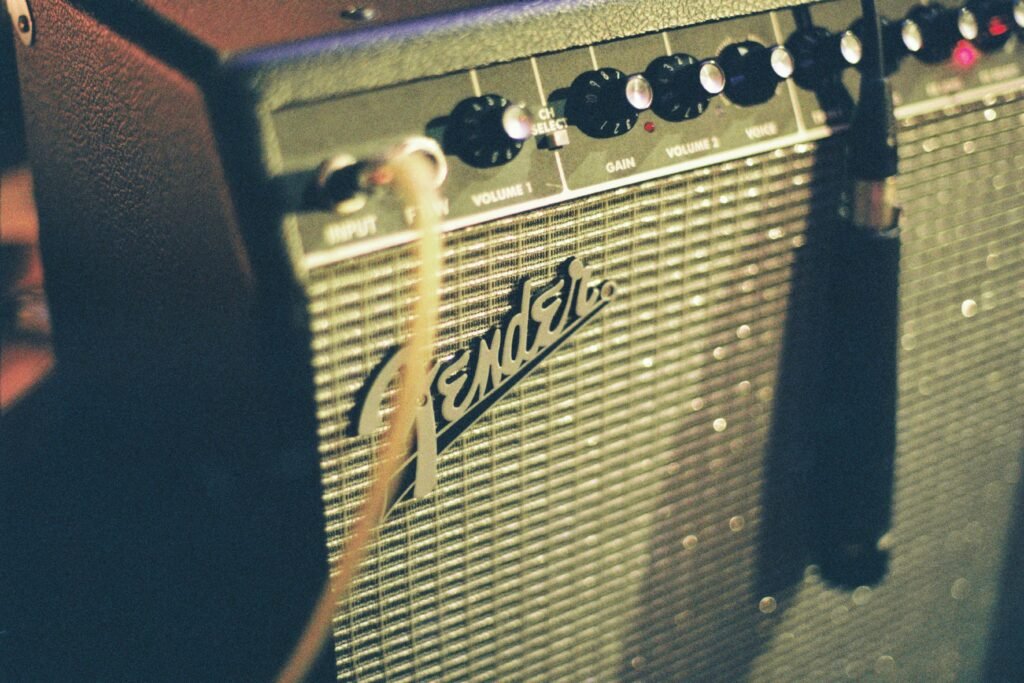
Goblin’s Suspiria is not only a landmark album in the realm of film soundtracks but also a groundbreaking contribution to the progressive rock and horror music genres. Released in 1977, at a time when many horror scores relied heavily on traditional orchestral arrangements, Suspiria broke away from these norms with its experimental fusion of rock, electronic, and folk elements. The album’s daring sound design and unconventional use of instruments pushed the boundaries of what a horror soundtrack could be, influencing both contemporary film scoring and the broader music industry for decades to come.
Place in Genre and Industry
In the context of film scoring, Suspiria was revolutionary. Goblin’s approach to the horror soundtrack departed from the sweeping, symphonic styles of Hollywood horror composers like Bernard Herrmann or Jerry Goldsmith. Instead, Goblin leaned into the darker side of progressive rock and avant-garde music, blending synthesizers, tribal percussion, and other non-traditional elements. This move redefined how horror could be sonically represented—more abrasive, more unnerving, and deeply immersive. The result was a sonic landscape that was not merely an accompaniment to the film but a character in its own right, enveloping the audience in the supernatural world of Suspiria.
The album’s unique blend of genres—progressive rock, early electronic music, and Italian folk—allowed it to stand out not only in the horror music genre but also in the broader progressive rock scene. While other prog bands of the 1970s were experimenting with complex time signatures and virtuoso musicianship, Goblin applied these same principles to the world of horror, creating an album that was as musically adventurous as it was terrifying. This cross-genre innovation expanded the possibilities for future artists, bridging the gap between experimental rock music and film scoring.
Innovation
One of the most innovative aspects of Suspiria is its use of minimalism to create maximum psychological effect. Tracks like the title theme employ relatively simple melodies—such as the recurring celesta motif—but layer them with discordant synthesizers, ambient sound effects, and haunting vocalizations. This blend of organic and synthetic sound elements created a surreal, dreamlike atmosphere, making the score feel alive and unpredictable. It’s a radical departure from traditional orchestral horror scores, where tension is built through string swells and dramatic brass sections. Instead, Goblin’s use of sparse arrangements and unsettling electronic sounds made the horror feel more intimate, creeping into the listener’s subconscious.
Vocals
Goblin’s innovative approach to vocals also stands out. In Suspiria, the use of whispered chants, sighs, and indistinct murmurs as musical elements was groundbreaking. Rather than using vocals to deliver lyrical content or narrative, Goblin treated the human voice as an instrument, adding layers of texture to the music. This abstract use of vocals creates a sense of disembodied presence, amplifying the album’s occult themes and contributing to the overall feeling of unease. The idea of using vocals in such an unconventional, non-narrative way was highly influential in later horror scores and sound design across multiple genres.
Production
The production of Suspiria was also a key innovation. The decision to use early analog synthesizers and effects pedals to create eerie, otherworldly textures gave the album a futuristic yet timeless quality. Goblin employed techniques like heavy echo, reverb, and distortion to warp traditional instruments, making them sound unnatural and deeply unsettling. This was not only a bold aesthetic choice but also an influence on the growing electronic music scene, inspiring future electronic and industrial artists to embrace darker, more experimental soundscapes.
Folk Elements
Furthermore, Goblin’s integration of Italian folk influences into a progressive rock framework was a novel move. Tracks like Suspiria and Sighs weave in folk-like melodies, giving the album a ritualistic, pagan quality that reinforced the film’s themes of witchcraft and the supernatural. This combination of ancient and modern musical elements contributed to the album’s unique identity, making it a singular work that felt both deeply rooted in European folklore and forward-thinking in its approach to sound design.
Closing Thoughts
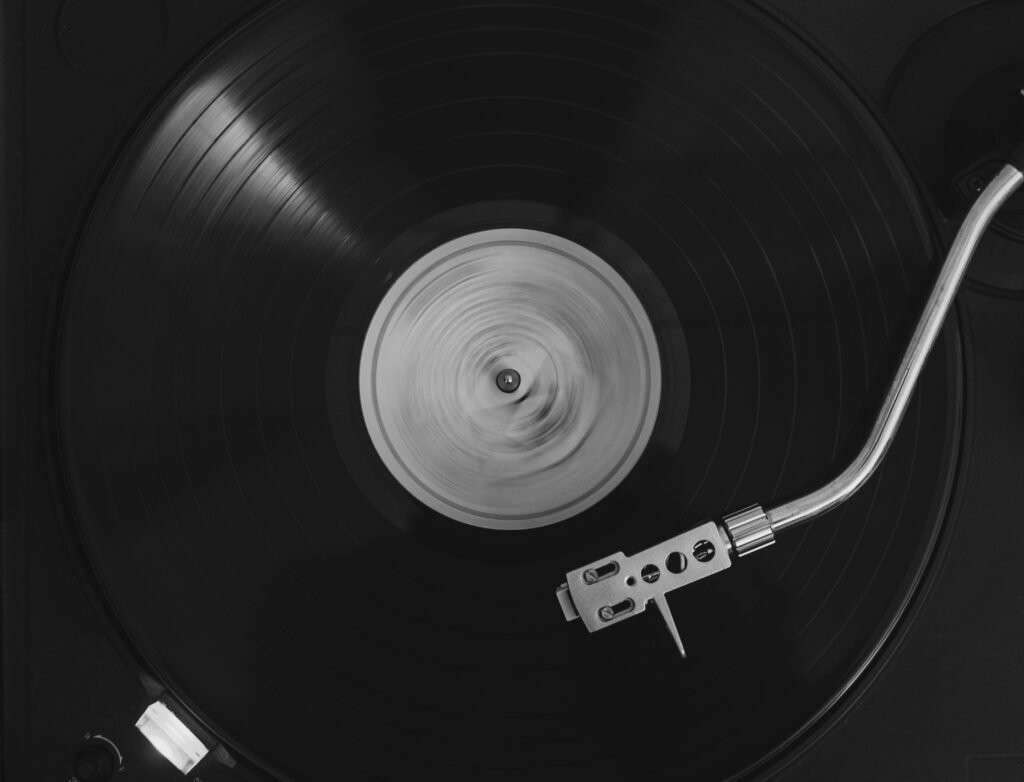
Goblin’s Suspiria is a masterwork of sonic terror, pushing the boundaries of horror soundtracks and progressive rock in ways that remain influential to this day. The album’s strengths lie in its innovative use of minimalist melodies, avant-garde electronic textures, and unconventional vocal elements, all of which combine to create an atmosphere of pure dread. The way the album integrates disparate influences—such as Italian folk, early electronic music, and progressive rock—into a cohesive whole is a testament to Goblin’s creative vision and technical prowess. Each track contributes to an immersive, nightmarish experience that perfectly complements Dario Argento’s film while also standing on its own as a piece of experimental music.
The production choices, particularly the balance between lo-fi distortion and sharp clarity, give the album an otherworldly quality, amplifying its themes of the supernatural and the occult. Tracks like “Suspiria” and “Witch” are not only highlights of the album but are also some of the most iconic pieces of horror music ever composed. The album’s flow is another of its strengths—Goblin manages to maintain thematic and emotional consistency while exploring a wide range of sonic textures and intensities. The result is a fully immersive listening experience that grips the listener from the haunting opening notes to the climactic final moments of “Markos.”
Weaknesses
However, Suspiria is not without its challenges. For some listeners, the abstract nature of the compositions—particularly the lack of traditional lyrical content and the reliance on unconventional soundscapes—may be difficult to access. This is an album that demands patience and an appreciation for mood over melody, which could alienate listeners expecting a more straightforward musical experience. The dissonant, jarring transitions between softer, minimalist passages and louder, more chaotic moments can be unsettling—but in the context of horror, this is arguably more of a feature than a flaw.
Ultimately, Suspiria remains a defining moment in both Goblin’s career and the broader landscape of horror music. It represents a peak of artistic innovation, setting a new standard for what a horror soundtrack can achieve. The album’s influence can be heard in everything from modern film scores to dark electronic and industrial music, and it continues to be celebrated for its bold experimentation.
Official Rating
For these reasons, I give Suspiria a 9 out of 10. The album is a near-perfect fusion of experimental music and horror atmosphere, but its niche appeal and abstract nature may make it less accessible to some listeners. Nevertheless, its impact on the genre is undeniable, and its brilliance lies in its ability to evoke such intense emotion and fear through sound alone. Goblin created something truly original, and Suspiria stands as one of the most innovative and haunting soundtracks ever made.
